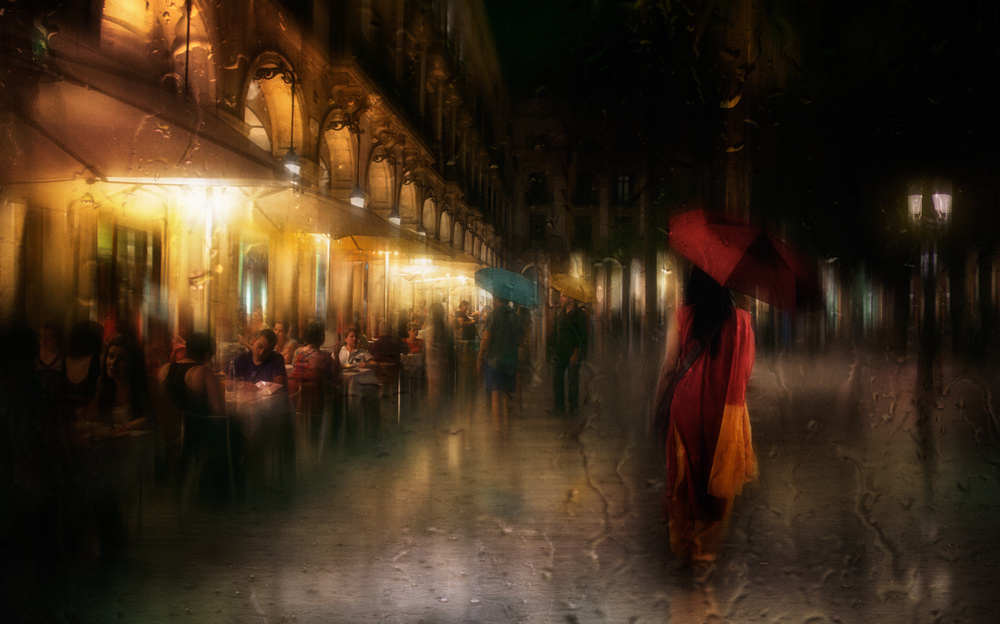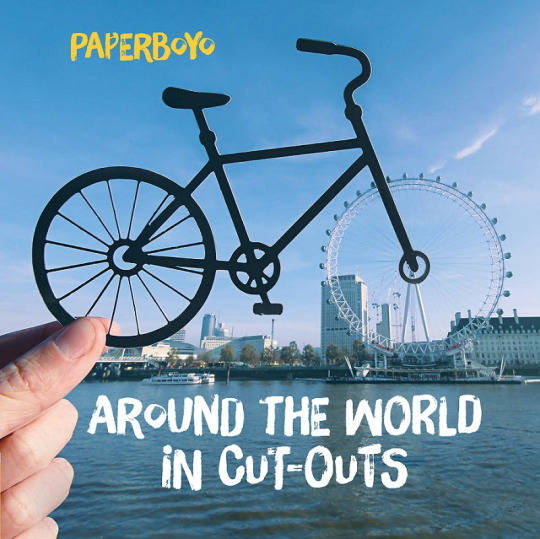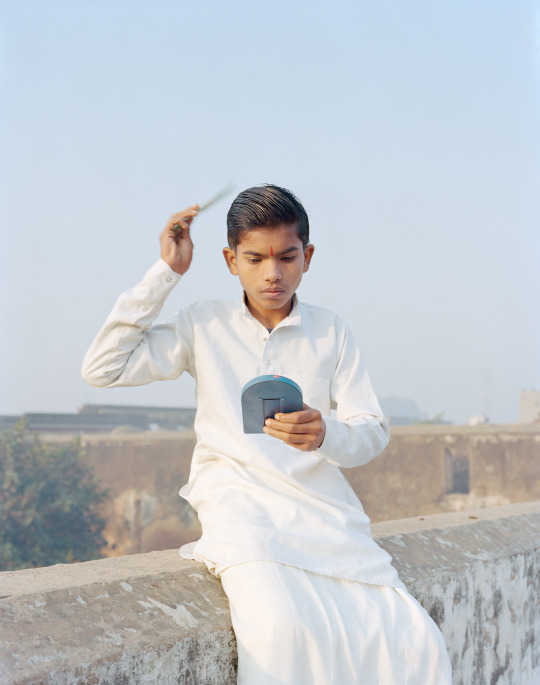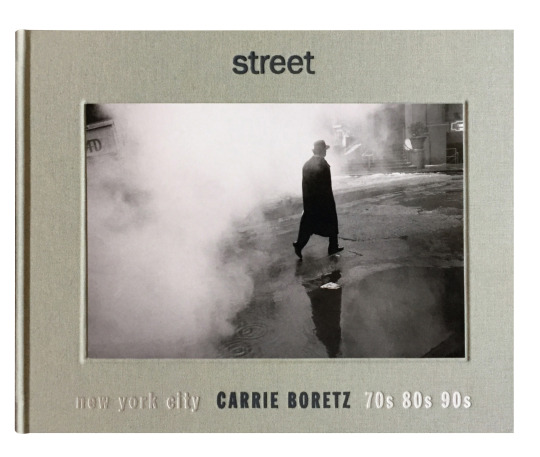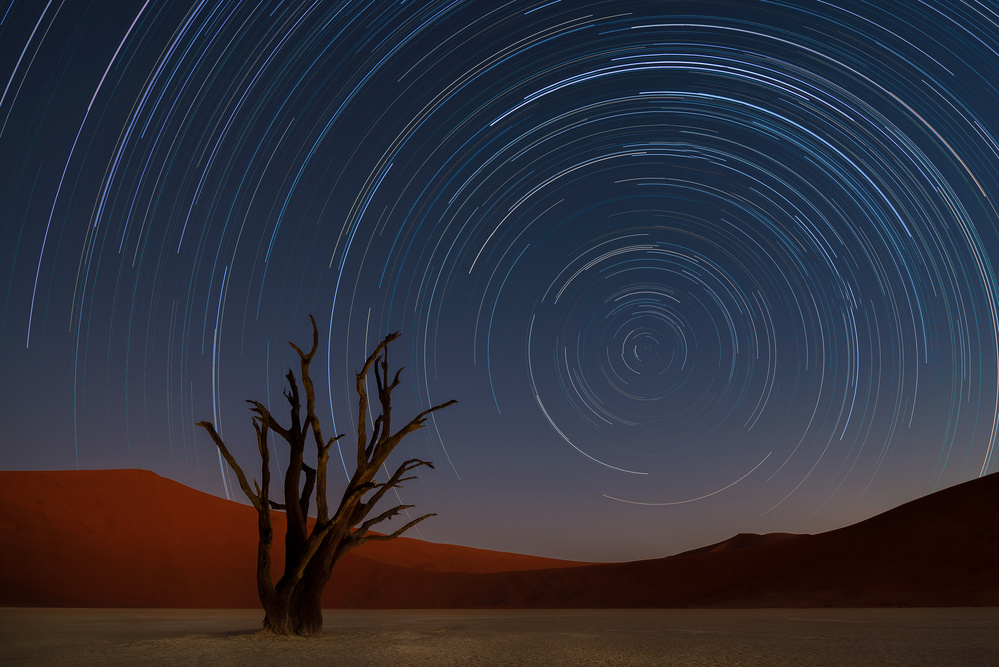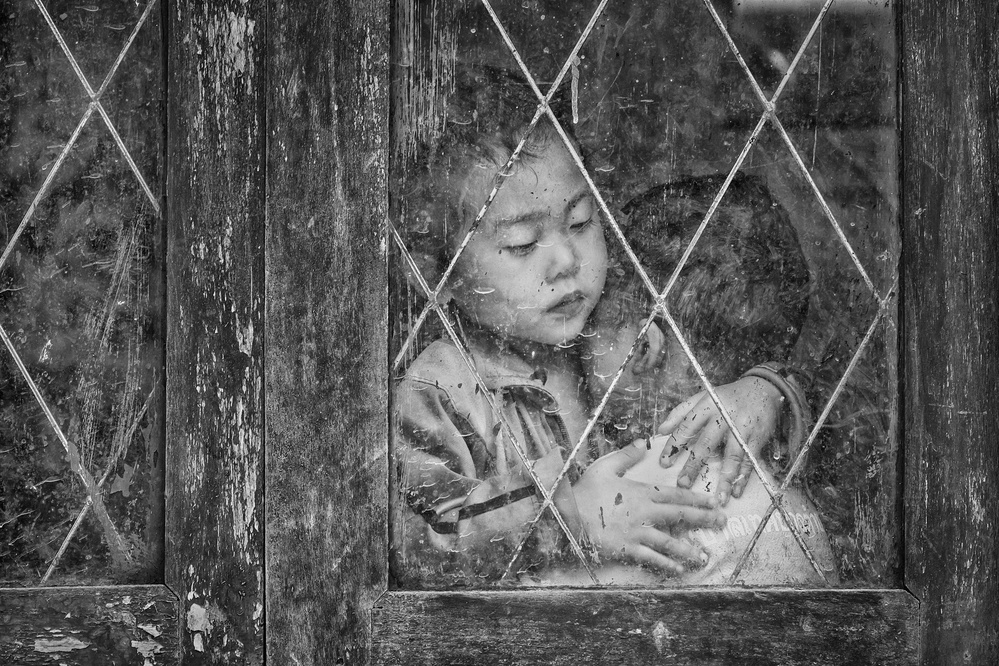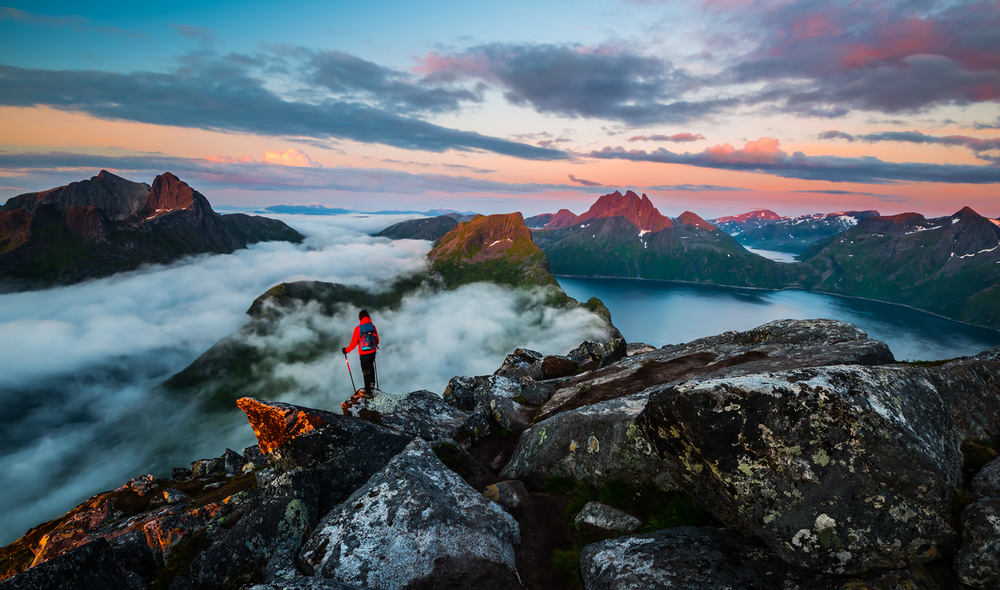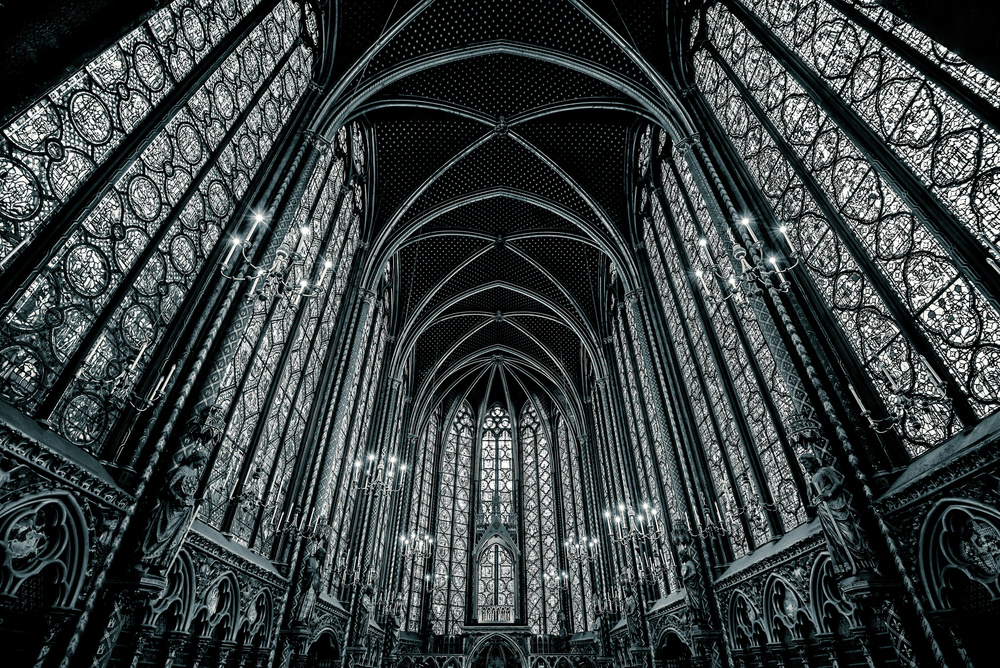Photographers

How to prepare a 'digital' image file for a 'large print"
1x Blog-Photographersby Yan Zhang
In the current digital era, most people have got used to view photographs on various mobile devices, e.g., smart phones, iPad, etc. Because of a size restriction, viewers usually no longer pay much attention to the quality of digital images displayed on these devices.
In most cases, it would be perfectly fine to upload an image file with just 1500 pixels in its longest side, to Facebook, Instagram, or other social media sites. Nevertheless, when we come to the business of producing a large print, quality control becomes a serious issue, while an array of factors, which may significantly affect the final outcome, would have to be considered carefully.
A few weeks ago, I got a message from 1x telling me that someone wanted to purchase a large print of one of my images published in 1x gallery, but the full size file I uploaded to 1x only has 3500 pixels in its longest side. The art manager believed that directly printing this file with the requested size would not produce a high quality result. So he requested me to provide a proper digital image file suitable for a large print.
Coincidently, in last a few weeks, I have been also involved in organizing a photography exhibition held in Sydney, while my responsibility was the quality control for all photographic prints produced from our local specialized graphic print shop. As the first step, before sending our digital image files to the print shop, we need to make sure that all these files have been correctly optimized suitable for making large prints from them.
In the following, I provide a simple process for such a preparation. The process has been discussed with the expert from our designated print shop.
UNDERSTANDING THE IMAGE SIZE AND PRINT SIZE
In a nutshell, to make a print, we need to firstly produce a digital image file of sufficient pixel dimension to be able to meet the required pixels per inch requirement, for example, 300 ppi, at the dimension of the printed image. Let us take the 300 ppi criteria, which is recommended by many print shops. If the image is to be printed 8 inches in size on photographic paper, then the digital image has to be a minimum of 2400 pixels in that dimension, that is, 2400 pixels / 300 ppi = 8 inches.
Therefore, for a given digital file, by opening it in Photoshop and setting to a proper ppi via going to Image => Image Size, while the ppi amount is what the printing shop requires, e.g., 300 ppi, you should know what is the right size your image can be safely printed without doing any enlargement or reduction on the digital file.
For example, for a digital image taken by D810 camera, which has dimensions of 7360 pixels X 4912 pixels, under the 300 ppi criteria, it can be printed in size 24.533 inches X 16.373 inches (or 62.31 cm X 41.59 cm) with ensuring a lossless quality, because 7360 pixels / 300 ppi = 24.533 inches, and 4912 pixels / 300 ppi = 16.373 inches.
A PROCEDURE FOR PREPARING A DIGITAL IMAGE FILE FOR A LARGE PRINT
When our required print size exceeds the underlying digital image pixel dimensions, however, the print quality may be affected if we do not do any proper enlargement for the digital file.
Here is a simple process of enlarging a digital image file to a proper dimension fitting to the required print size.
1. Open your psd or psb or tif image file in Photoshop, which should be unsharpened, and all layers have already been merged.
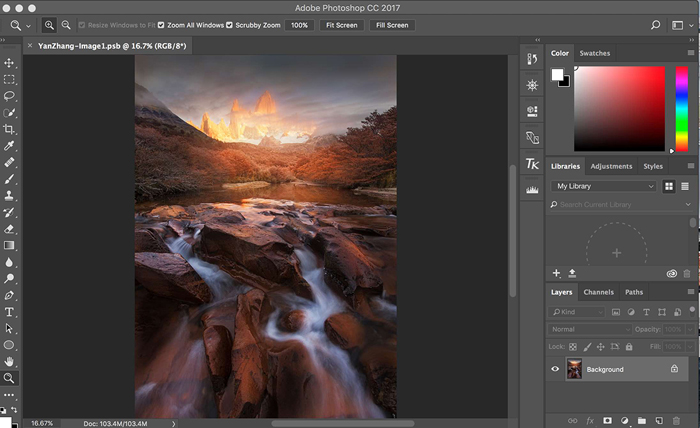
2. Make sure your image’s Color Profile is Adobe RGB (1998), Color Mode is RGB, and Bit Depth is 16 (e.g., your image should be shot at 14 Bit Depth in your D810 camera setting).
3. Go to “Image => Image Size”
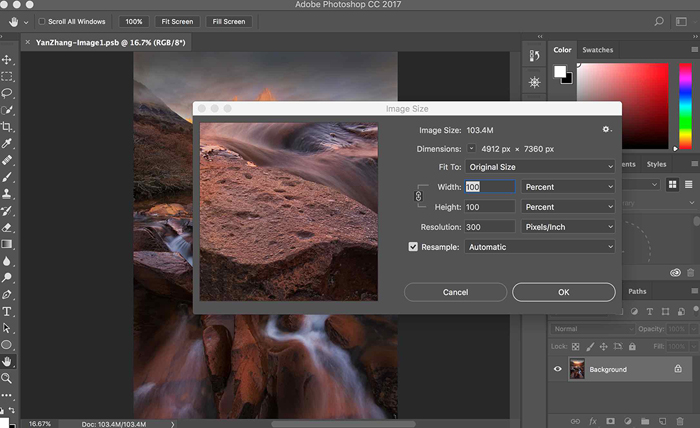
4. Set “Width” and “Height to “Percent”, and “Resolution” to 300, then you will see something as shown in the above Screenshot 2.
5. Change “Width” and (automatically) “Height” to 110 Percent, and check “Resample” to be “Bicubic Smoother (enlargement)”, as shown by the following Screenshot 3.
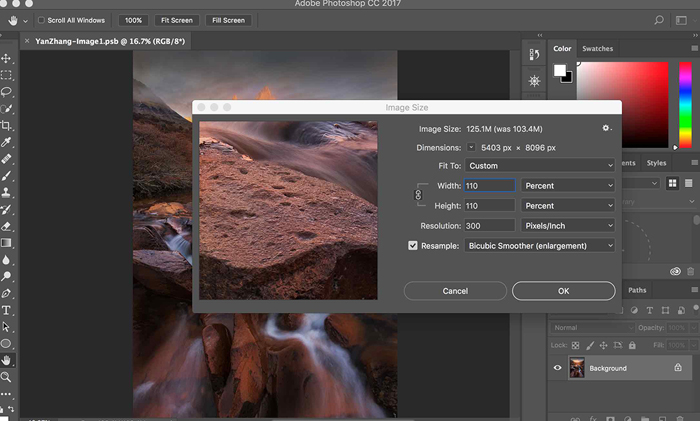
Click “OK”.
6. Repeatedly do procedure 2 – 5 for several times, until the image size reaches the required print size.
What we are doing is enlarging the image with only 10% each time. We have to do this enlargement multiple times. For example, after doing 4 times 10% incremental enlargement, my image dimension now becomes 6537 pixels X 9797 pixels (i.e., 55.35 cm X 82.95 cm) from the original size 4912 pixels X 7360 pixels (i.e., 41.59 cm X 62.31).
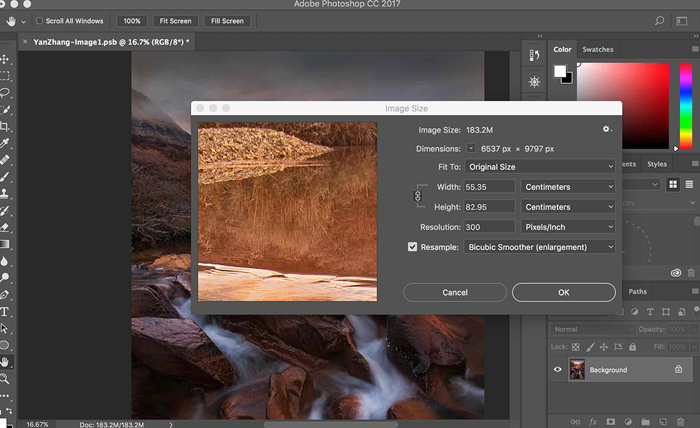
7. Once you finish the final enlargement, you need to sharpen the image. Go to Filter => Sharpen => Unsharpen Mask …
Please remember: Don’t over sharpen your image!
As a general rule, for a large print, you may set Amount around 160 – 180, Radius not more than 3, and keep Threshold 3 – 5. But remember always check the preview window in 100% to see the sharpen effect, as shown in the following picture.
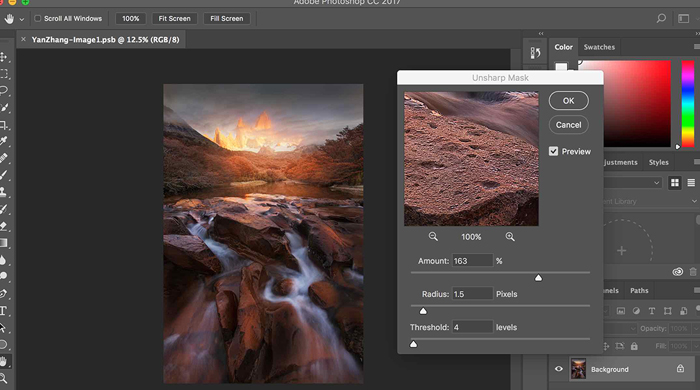
8. Finally, save your image in tiff format.
Some of my large print image examples
After applying the enlargement process described above, I sent the enlarged files to our local photographic print shop and successfully produce high quality large prints for our exhibition.
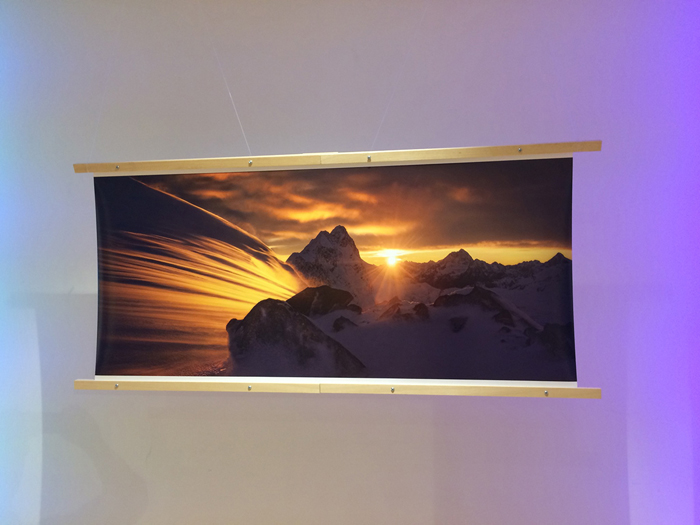 A panorama print with size 160 cm X 65 cm.
A panorama print with size 160 cm X 65 cm.
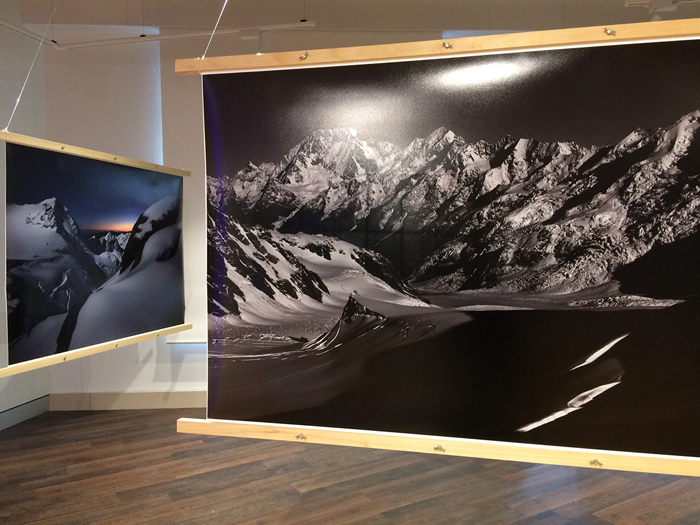 Two prints with size of A0 (118.9 cm X 84.1 cm).
Two prints with size of A0 (118.9 cm X 84.1 cm).
. '


